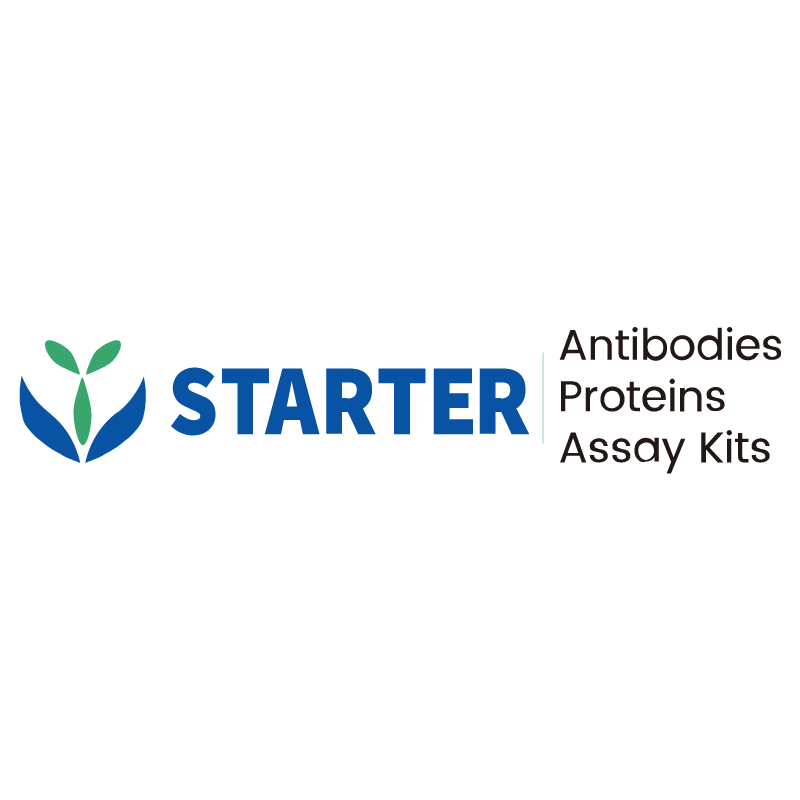Flow cytometric analysis of Lewis Rat splenocytes labelling Rat CD1d antibody at 1/2000 (0.1 μg) dilution/ (Right panel) compared with a Mouse IgG2a, κ Isotype Control / (Left panel). Goat Anti-Mouse IgG PE was used as the secondary antibody. Then cells were stained with CD45RA - Alexa Fluor® 647 Antibody separately.
Product Details
Product Details
Product Specification
| Host | Mouse |
| Antigen | CD1d |
| Synonyms | Antigen-presenting glycoprotein CD1d; Cd1d1 |
| Location | Lysosome, Endosome, Cell membrane, Endoplasmic reticulum |
| Accession | Q63493 |
| Clone Number | S-R701 |
| Antibody Type | Mouse mAb |
| Isotype | IgG2a,k |
| Application | FCM |
| Reactivity | Rt |
| Positive Sample | Lewis Rat splenocytes |
| Purification | Protein A |
| Concentration | 2 mg/ml |
| Conjugation | Unconjugated |
| Physical Appearance | Liquid |
| Storage Buffer | PBS pH7.4 |
| Stability & Storage | 12 months from date of receipt / reconstitution, 2 to 8 °C as supplied. |
Dilution
| application | dilution | species |
| FCM | 1:2000 | Rt |
Background
CD1d is a non-polymorphic, MHC class I-like molecule that forms a heterodimer with β2-microglobulin and plays a crucial role in the immune system by presenting lipid antigens to invariant Natural Killer T (iNKT) cells. These lipid antigens can be derived from both self and non-self sources, including bacterial glycolipids and tumor-derived lipids. CD1d is expressed on various cell types, including myeloid and lymphoid cells, as well as epithelial and vascular smooth muscle cells. It is involved in regulating both innate and adaptive immune responses and has been implicated in antimicrobial, antitumor, and autoimmune activities. Additionally, CD1d is associated with diseases such as pulmonary tuberculosis and certain cancers.
Picture
Picture
FC


